Foreword to the guest author
Michael is a freelance journalist iR, a passionate Toyota owner and operator of the www.celinews.de website
Hardly anyone knows the vehicle history of older Celica models and the German Toyota classic car scene as well as he does.
At that time, the family owned an 82er Celica Supra MA61.
Already with his guest article about the Toyota 2000 GT , Michael gave us a deep insight into the origins and history of the Toyota 2000GT with some very rare pictures. Even our member and 2000GT owner Luc was amazed at so much in-depth research.
With his latest article on the very rare Supra of the first generation, especially in Germany (since it was never officially sold), almost the beginning of the initial Supra genes.
In painstaking work, Michael was looking for some owners in Germany, but also in the surrounding countries, to be able to implement this documentation about this vehicle - we can only say that. Chapeau and huge respect!
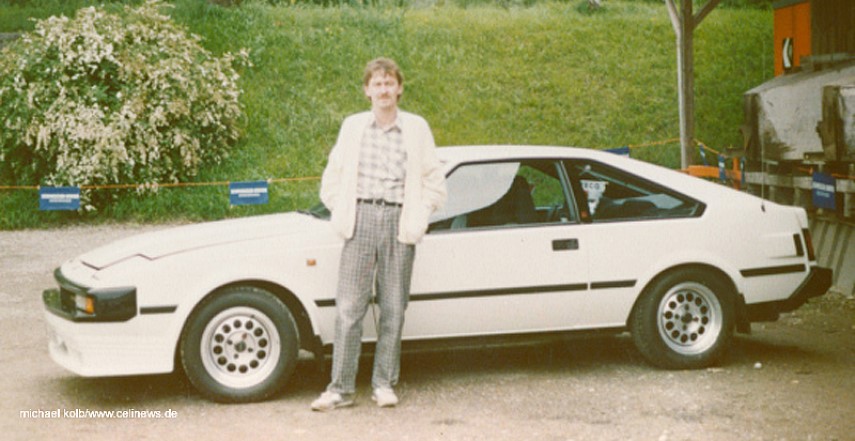
(Michael and his MA61)
Documentation about Celica XX, Celica Supra MK I, MA45, MA46, MA47
Toyota USA and the dealership had already pushed for the extension of the wheelbase in favor of a larger motorization during the first Celica generation. For the facelift in 1976, the wheelbase was finally extended from 2425 mm (95.5 inches) to 2500 mm (98.5 inches). The 2500 mm wheelbase was retained for the second generation from production in August 1977. The engine with the largest displacement was the 22R in-line four-cylinder with 2347 cc, as used in the facelift (rectangular headlights), including in the Celica GTA "10th anniversary" special model (RA4 # Coupé).
Competitor Nissan was at least one step ahead with the Datsun 280ZX. The Datsun 280 ZX (type code S130 from 1978 to 1983) was available both as a 2-seater and as a 2 + 2 with a 2734 cc six-cylinder and put Toyota Celica under pressure. Note JDM means Japaneese Domestic Market
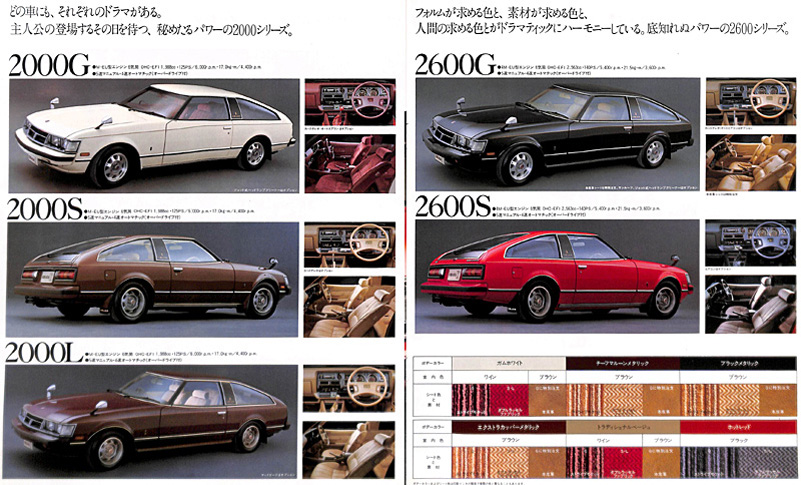
(JDM brochure Celica XX 1978: left MA45, right MA46)
After the introduction of the TA / RA40 series, Toyota started developing the extended Celica. The wheelbase grew from 2500 mm (98.5 inches) to 2630 mm (103.5 inches). To express this in the type designation, the model was called Celica XX (double X means large). In Japan, the Multiply-Choise system remained true and three trim levels (L, S, G) were offered with two engines, 2 liters and 2.6 liters
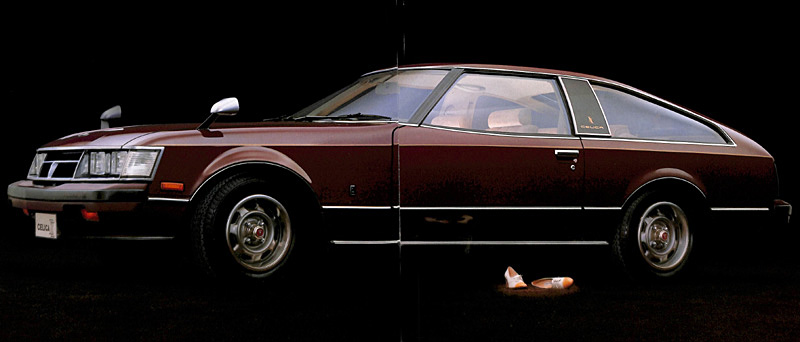
(In principle, the L model could only be distinguished by the wheel size and the rim design of S and G)
Type code MA45, MA55 (JDM): M-EU six-cylinder machine (OHC) with 1,988 ccm (125 SAE-PS at 6000 rpm) was the further development of the M engine presented in 1965 in the Crown MS4. The JDM model was sold in Japan for tax reasons and was available in all equipment variants. There were almost no visual differences from MA45 to MA46. The MA46 had a 2.6 sign in the bottom left of the T-grill. Another difference could be seen from the equipment, the G model had 195/70 HR14 tires, while S and L had to make do with 185/70 HR14 and clumsy rim design. Model maintenance from August 1980 to July 1981 received the type code MA55.
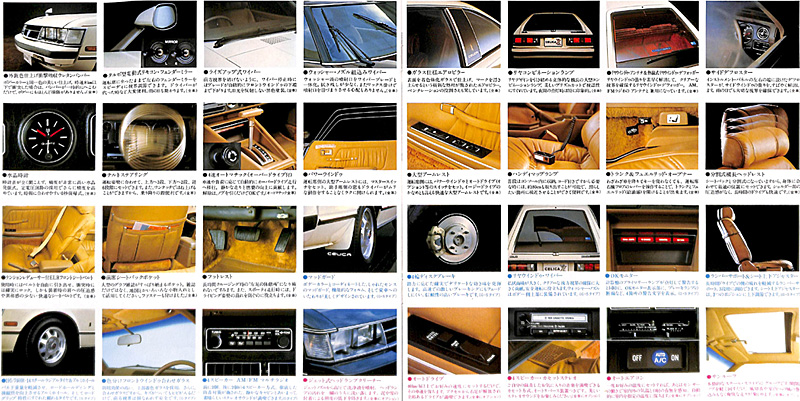
(extensive equipment, automatic as an option)
Type code MA46 (JDM): Almost identical vehicle to MA45 but with 4M-EU six-cylinder machine (OHC) with 2563 ccm, 140 SAE-PS at 5400 rpm. The 2.6 liter in Japan (1979) could not be combined in the simpler "L" version. The MA46 is the basis for the model exported to the USA, also with the type code MA46
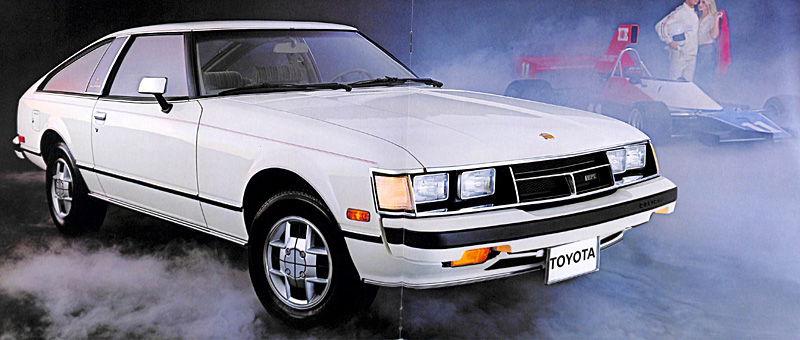
(MA46 US differs visually from MA46 JDM in the cross design of the rims. EFI stood in the grill instead of 2.6. The rear-view mirrors were mounted on the door, not on the front of the fender)
Type code MA46 (US) Although the designation Celica XX would have been well understood, the decision was made in the USA to use the Latin term Supra (top, above). Celica Supra is, so to speak, the Celica above the "normal" Celica, which came into play with the engine and equipment. Mexican beer sounding similar to "Double X" is also said to have played a role. The US version of the MA46 basically corresponded to the JDM version in the higher "G" version.
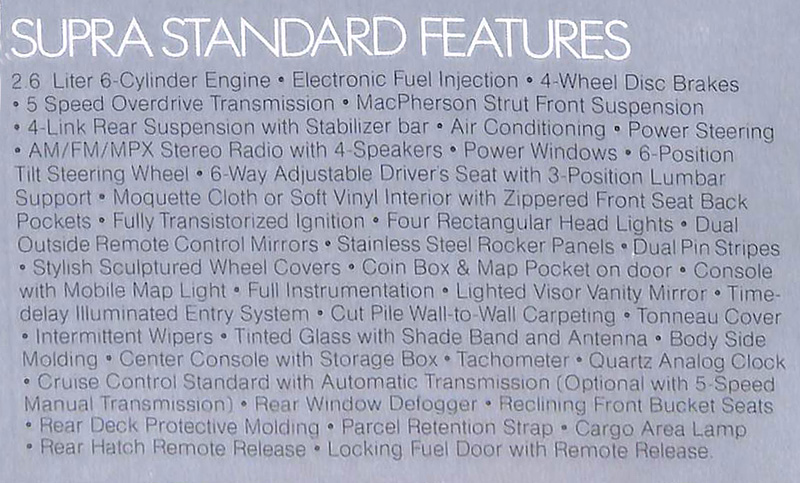
(Toyota Motor Sales USA 2/79)

Identical US models MA46 L like left-hand drive. JDM models had a space, no R for right-hand drive. Q means that the vehicle has been classified as a GT internally by Toyota. Colorcode 128 is silver, 474 brown. Both have the W50 5-speed manual transmission. The vehicle was produced in Plant A41 = Tsutsumi Plant. I don't know the total number of productions, so I'm looking for a "higher" nameplate. MA46 highscore frame)
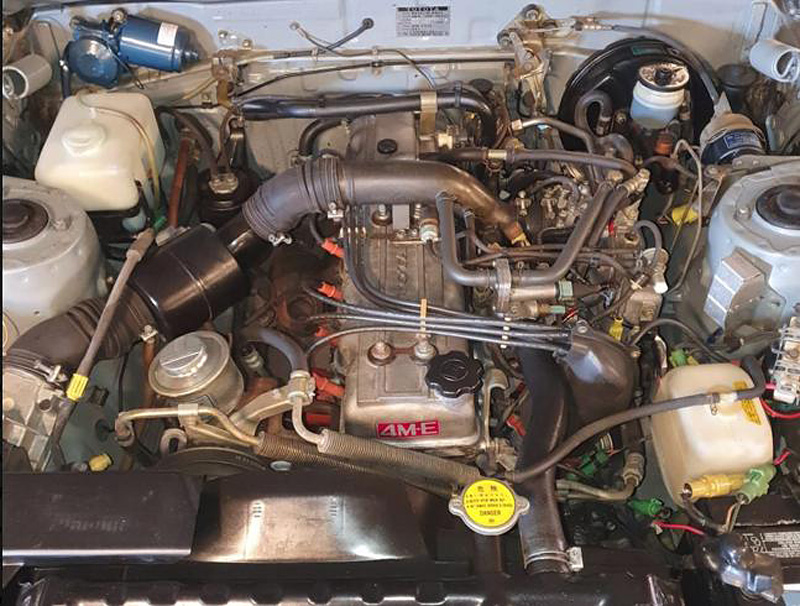
(SOHC inline six-cylinder. PS specifications vary from country to country - 108 to 125 HP)
The criticism in the well-known trade magazine "Road & Track" was ambiguous. On the one hand, the equipment was praised in comparison to the Celica “but with schmaltz”, on the other hand, it was criticized that Toyota sacrificed “ride control” in favor of “excessive softness”. Compared to Alfa, BMW and other Europeans, the vehicle was far inferior in terms of brakes, cornering speed and driving stability. The disc brakes were not much better than the normal Celica disc / drum combination and tended to fade. Celica Supra is an “enigma”, wrote the editor, a puzzle in European styling. Gentle, quiet, luxurious, well-equipped and of high quality. But it is not a special offer. At $ 9578 more expensive than a Mazda RX7 ($ 7995), but cheaper than a Datsun 280 ZX ($ 9889). But Celica Supra is less sporty than the two competitors and is nothing more than a Boulevard GT.
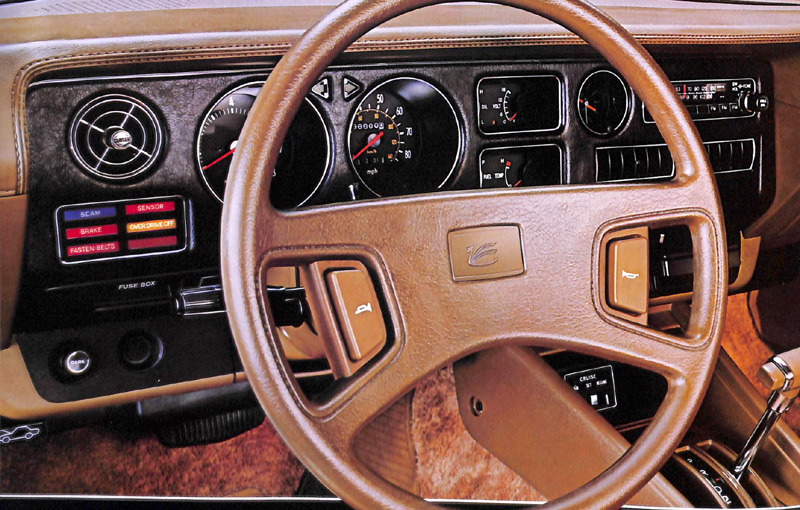
(The equipment of the US-MA46 basically corresponded to that of the JDM-MA46 (XX instead of kites in the steering wheel))
Type code MA47, MA56: In the last production year from August 1980 to July 81, the long liftback received its most important update. Instead of the 2.6 liter, the 2759 cc SOHC inline six-cylinder 5M-E with EFI petrol injection and the optional 4-speed automatic A43D were used. With the adjustment of the type code, the equipment also increased, which now offered a Sports Performance Package as an option. Means: A front and rear spoiler, white lettering on the tires. Sports shock absorbers as well as sports springs and a sun roof ex works. The brochure speaks of the ultimate Celica. In Japan, the facelift received the type code MA56
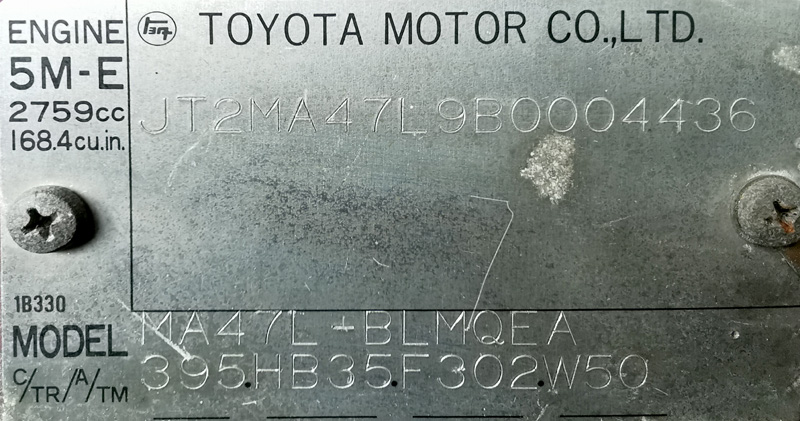
(compared to MA46 a less clear MA47 nameplate)
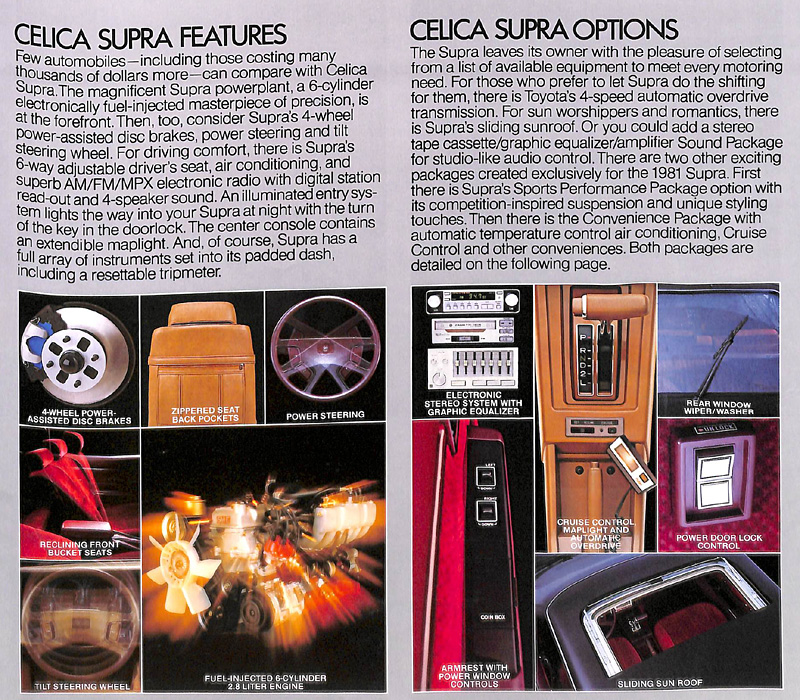
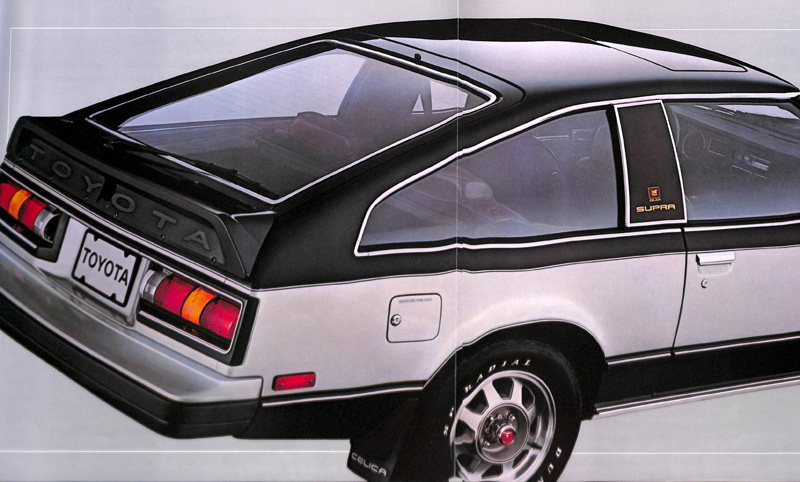
(optional Sports Performance Package)
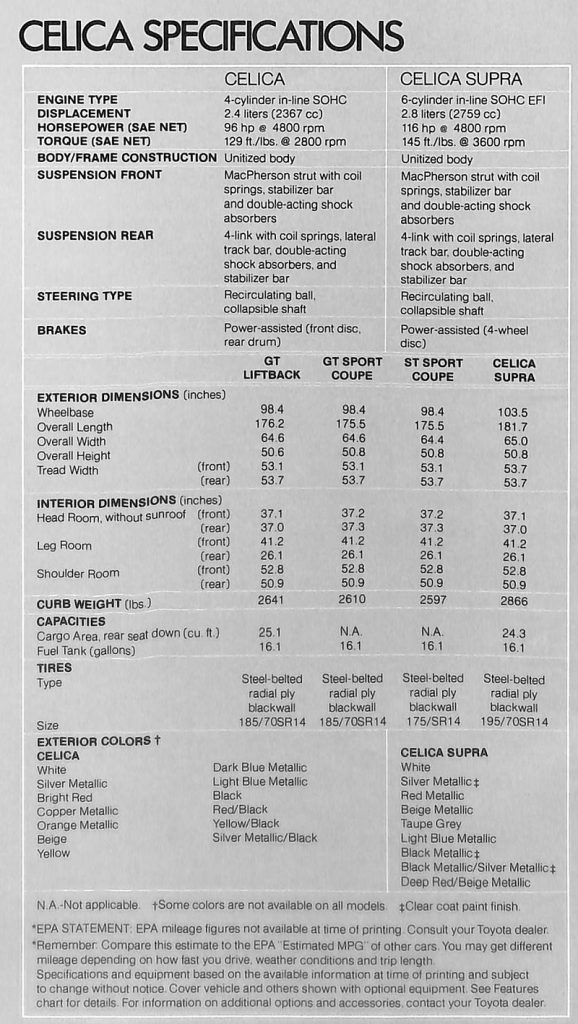
(from brochure Celica by Toyota, Toyota Motor SalesUSA 1981)
Images from the scene:
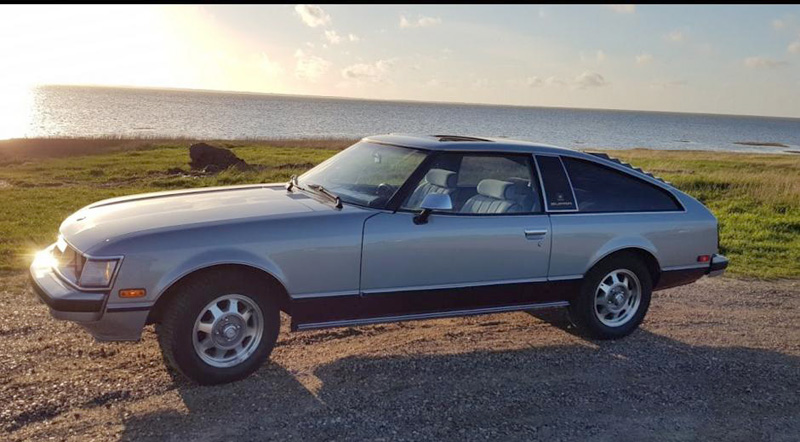
(MA46 from Dennis from Denmark. He personally picked up the car in the USA)
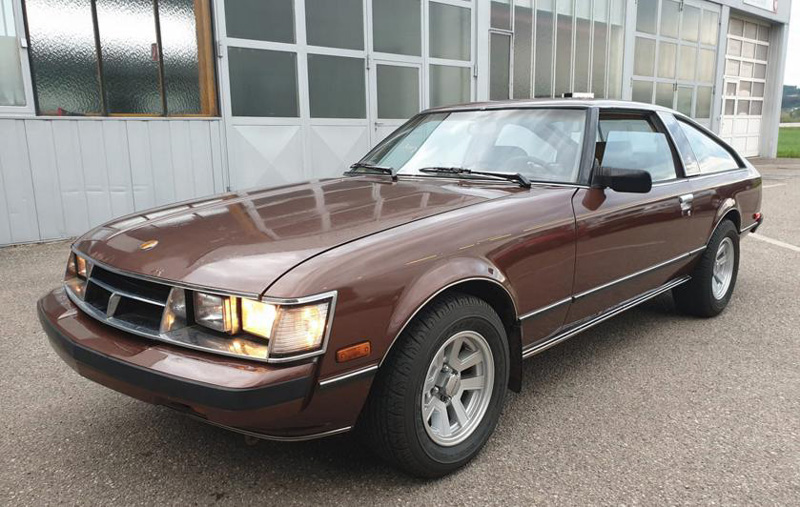
(MA46 from Günter)
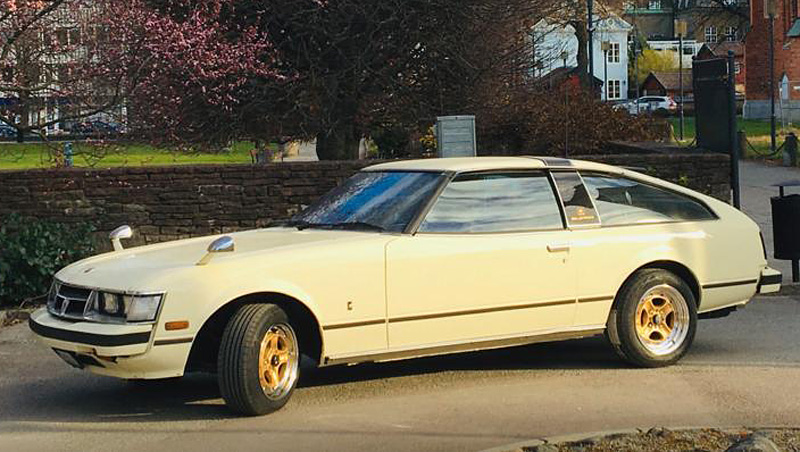
(MA45 from Rikard from Sweden. You can recognize the JDM by the exterior mirrors)
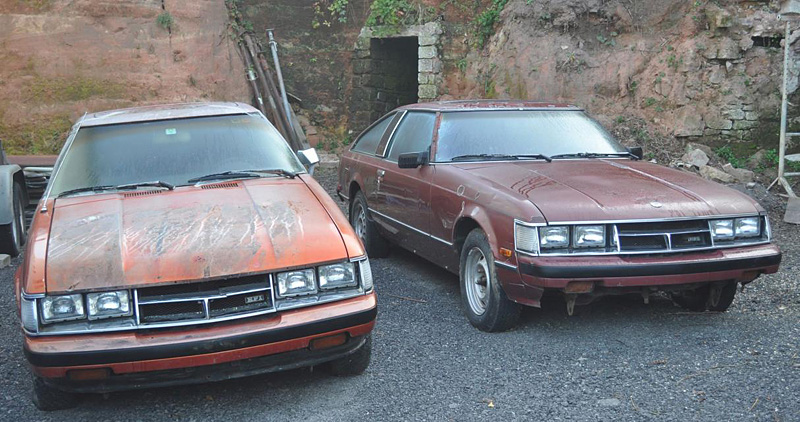
(Restoration objects MA46 and MA47 by Alain Velleur. If interested: He can be reached on Facebook)

(at the rear you can recognize the MA4 # by the striking lights)
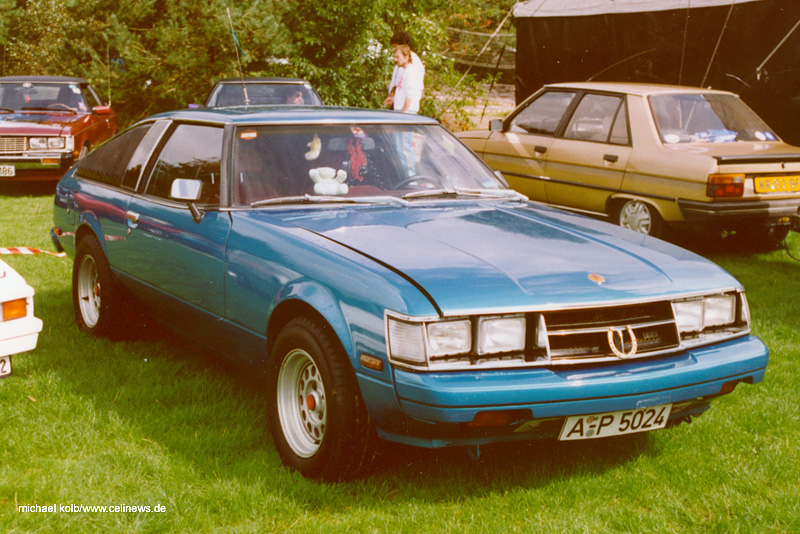
(most of the MA4 # in the "old" Celica scene came from GIs who were commanded back to the States)
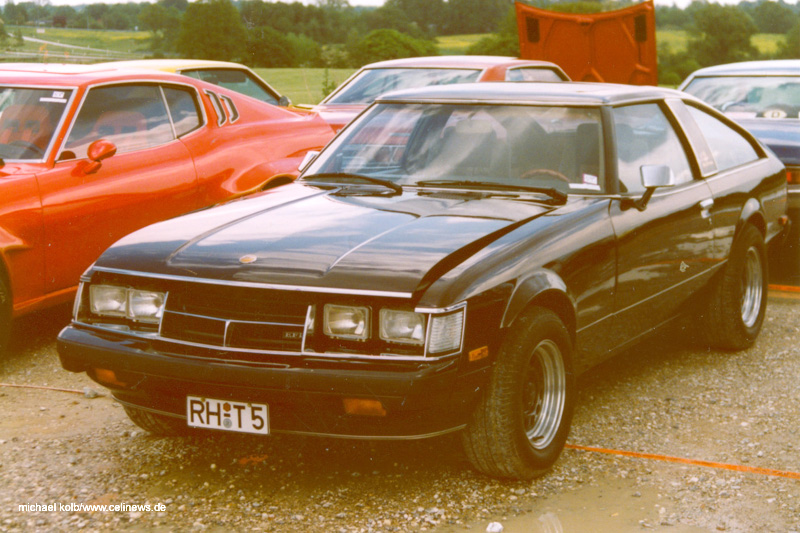
(MA4 # from Roth south of Nuremberg. T5 actually belongs to an early German Ford Mustang, which was not allowed to be called Mustang because Krupp and Kreidler had the rights to “Mustang”)
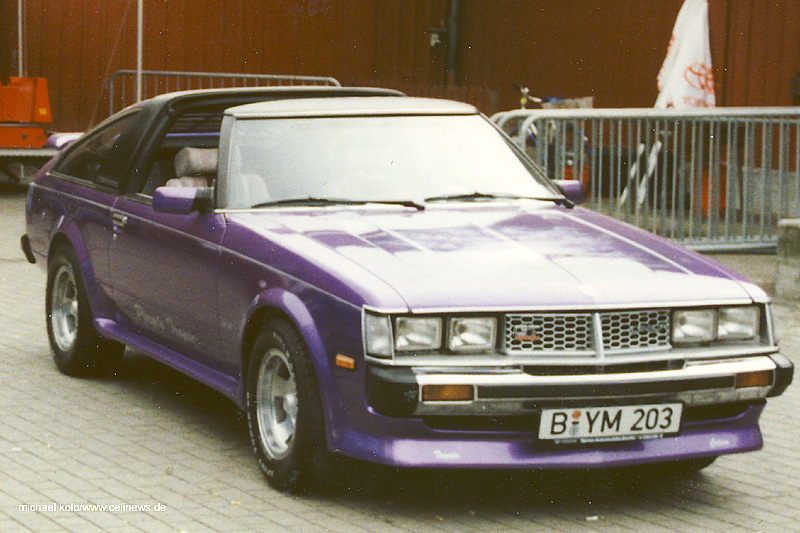
(The MA4 # grill is often used for Celica. Here is a Tropic TX22 documentation here: https://www.celinews.de/2020/04/24/tropic-cabrio-sunchaser-tx22-sport/)
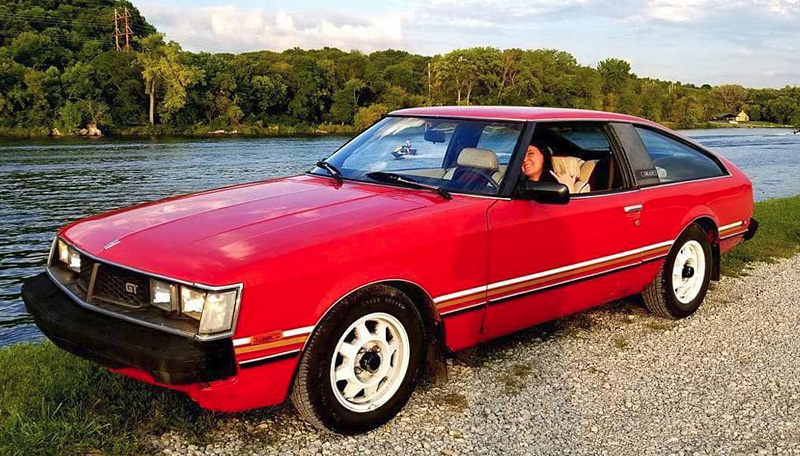
(also with MA4 # grill: US GP special model RA42. 2000 each in red, white and blue were produced)
You can find more interesting news from Michael on his blog page: https://www.celinews.de/